Stay Healthy with Mustard
Mustard is also referred to as mustard greens, Indian mustard, and leaf mustard. This herb is a species of the mustard plant. One of its sub-varieties includes Southern Giant Curled Mustard, which is very similar in appearance to headless cabbage such as Kale. However, it has a distinct horseradish-mustard flavor. It is also known as green mustard cabbage.
The leaves, seeds, and stems of the mustard plant are edible. The plant can be found in some forms of African, Indian, Chinese, Japanese, and Soul food cuisine. The leaves are used in African cooking, and the leaves, seeds, and stems are used in Indian cuisine. The plant has a particularly thick stem, it is used to make the Indian pickle and the Chinese pickle. The mustard made from the seeds of this plant is called brown mustard. The leaves are also used in many Indian dishes.
This species of mustard plant is more pungent than closely-related greens like kale, cabbage, and collard greens. It is often mixed with these milder greens in a dish of mixed greens, which may even include wild greens like dandelion. Mustard greens are high in both vitamin A and K. Mustard greens are often used in Chinese and Japanese cuisines. Asian mustard greens are typically stir-fried or pickled.
The ancient Greeks used mustard for its medicinal value. Additionally, it was used for its flavoring. The Romans also used this herb. They added crushed seeds to wine for a spicy flavor. John Parkinson and Nicholas Culpeper, English herbalists, both recommended mustard for ailments like epileptic seizures and toothaches. The herb was used by Native Americans and early colonists for rheumatism and muscle pain.
Mustard is a strong stimulating herb. It is responsible for promoting the appetite and stimulating the gastric mucous membranes to aid in digestion. An infusion of the mustard seed stimulates urine and helps to promote menstruation. Additionally, it is a valuable emetic for narcotic poisoning, as it empties the stomach without depression of the system. Mustard is often used externally as a plaster or poultice for sore, stiff muscles. A plaster of mustard can also be used to treat congestion, warm the skin, and clear the lungs.
The seeds of the mustard plant are used to provide alternative, analgesic, blood purifier, caminative, digestive, diuretic, emetic, expectorant, irritant, rubefacient, and stimulant properties. The primary nutrients found in mustard are calcium, cobalt, iodine, iron, manganese, phosphorus, potassium, sulfur, and vitamins A, B1, B2, B12, and C. Primarily, mustard is extremely beneficial in dealing with indigestion, liver disorders, and lung disorders.
Additionally, the herb is very helpful in treating appetite loss, arthritis, blood impurities, breath odor, bronchitis, emphysema, sore feet, fevers, gas, hiccups, kidney problems, pleurisy, pneumonia, snakebites, sprains, and sore throat. Before supplementing with this, or any other nutrient, it is important to consult your health care provider. In doing so, you will ensure yourself optimum health benefits. For more information on the many beneficial effects provided by mustard, please feel free to contact a representative from your local health food store.
The Author:
More information on Mustard seed is available at VitaNet ®, LLC Health Food Store.



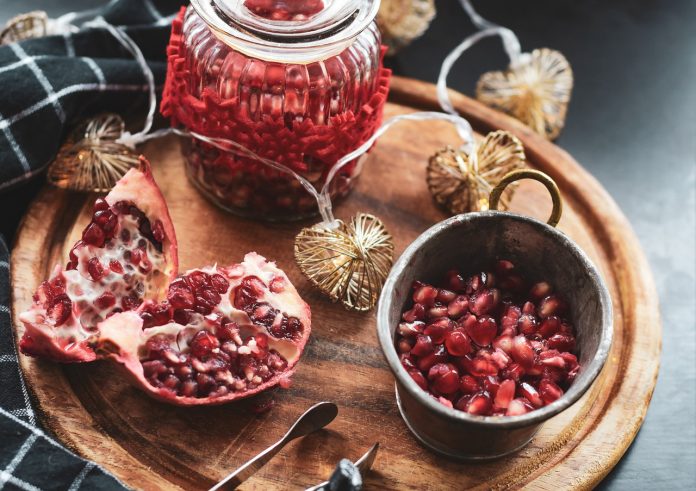
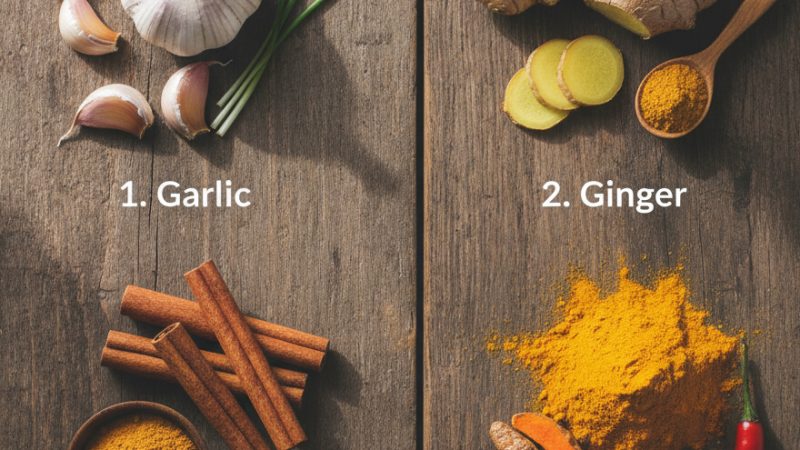
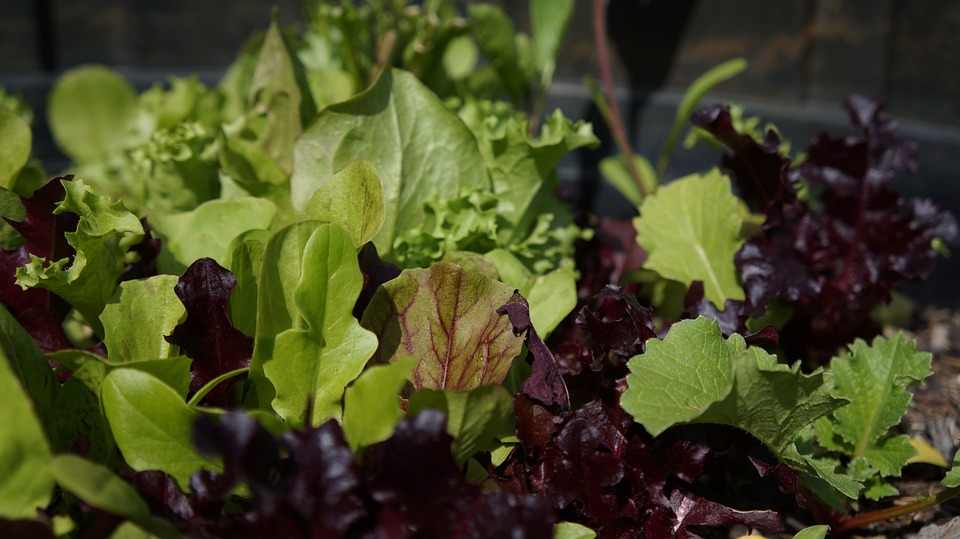
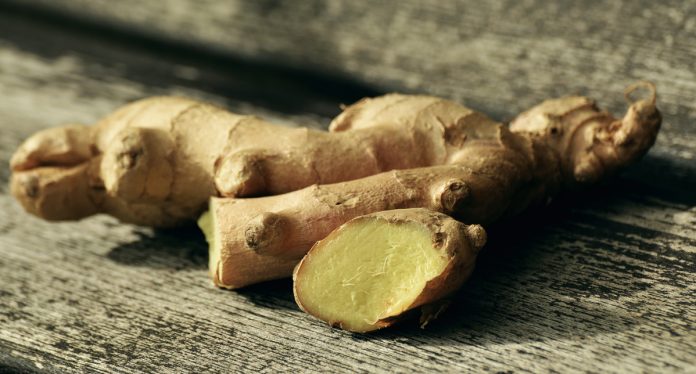
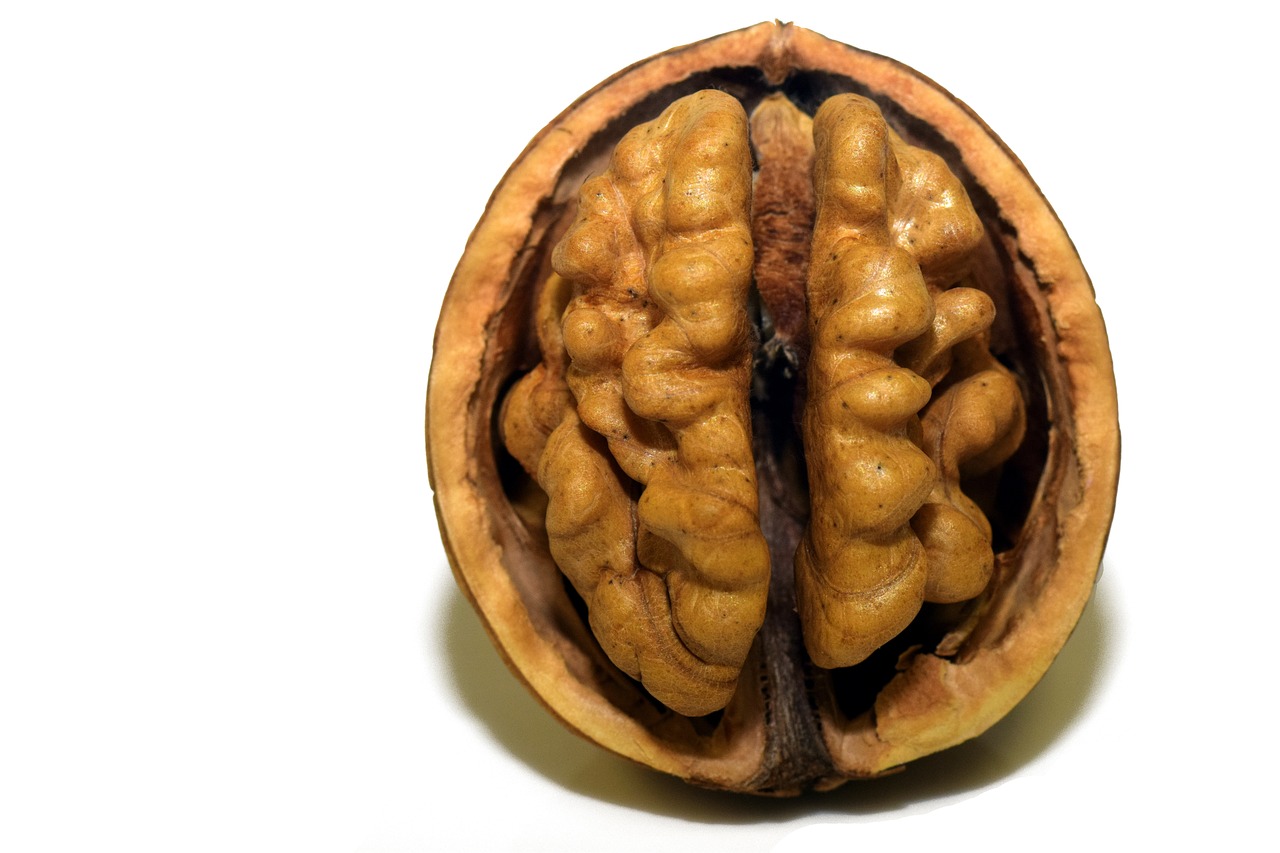
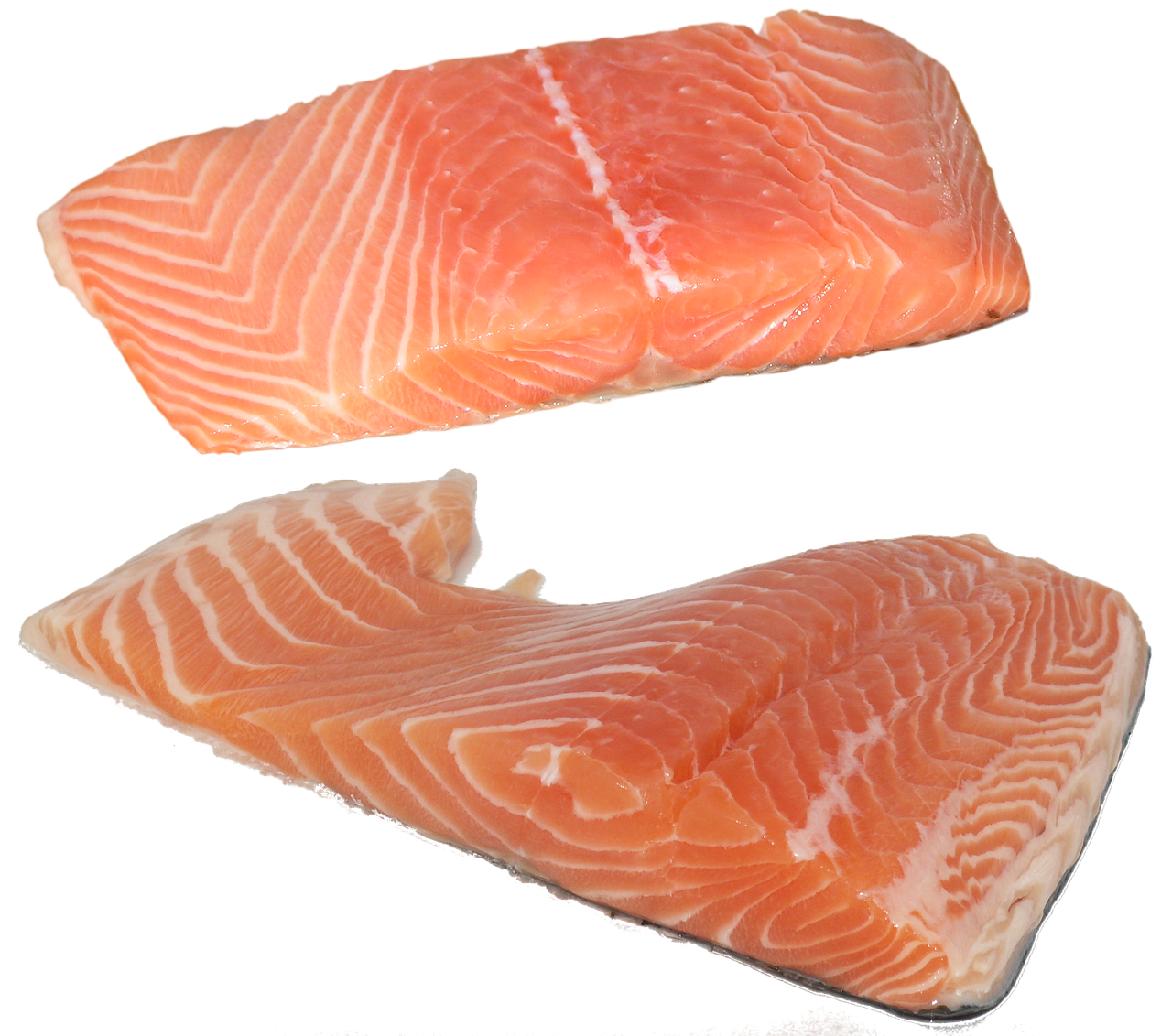
Mustard Plaster
Hi, here’s an old fashioned remedy that I use to relieve my arthritis pain. I make what you call a mustard plaster. To do this you need to mix together 2 parts flour with 1 part mustard powder, then add some water to make a paste. Spread it on a clean cloth of some sort, fold it in half and press against the skin. Don’t put the salve directly on the skin since it can burn. You can also use this to loosen phlegm or for sore muscles. Thanks for the site